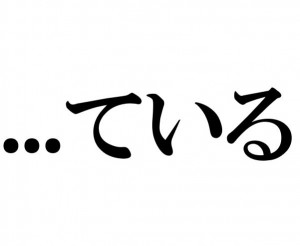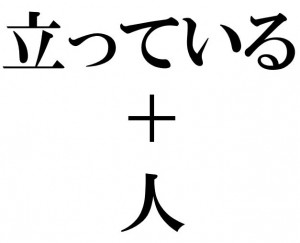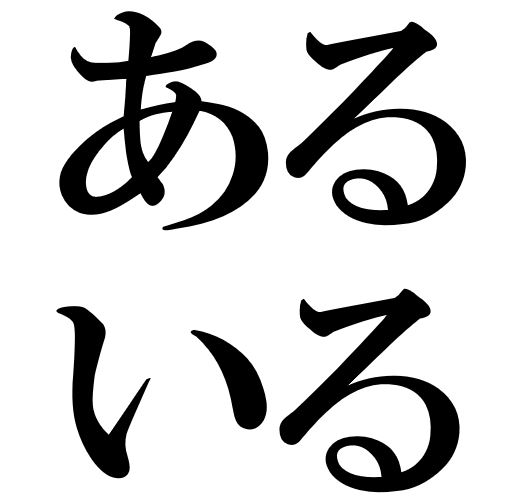Before starting the exercise for expressing inanimate and animate existence: 「ある」「いる」, please clarify any doubts you may have about the grammatical rules by referring to your grammar guidebook or dictionary. The Instantaneous Composition Method requires you to compose sentences with the target sentence pattern(s) over and over in order to use them almost effortlessly. You should already have the necessary knowledge.
- Reference
- Genki I – Lesson 4: Xがあります/います
- Tae Kim’s Guide – Existence Verbs
Instantaneous Composition Exercise for Expressing Inanimate and Animate Existence 「ある」「いる」
This is not a translation exercise. This is the Instantaneous Composition Exercise. As if a reflexive action, try to create an equivalent Japanese sentence shortly after reading an English script. Try not to think for more than three seconds.
- Audio File
English and Hidden Japanese Scripts
| 1. | There is a cat. |
| 猫がいます。 |
| 2. | There is a dog. |
| 犬がいます。 |
| 3. | There is a textbook. |
| 教科書があります。 |
| 4. | There is a jacket. |
| 上着があります。 |
[adsense]
| 5. | There is a station. |
| 駅があります。 |
| 6. | There is not a child. |
| 子供がいません。 |
| 7. | There is not an adult. |
| 大人がいません。 |
| 8. | There is not a bird. |
| 鳥がいません。 |
| 9. | There is not a fruit. |
| 果物がありません。 |
| 10. | There is not a car. |
| 車がありません。 |
Recommended Links
How to Proceed with the Instantaneous Composition Method

Japanese Grammar Exercise: Progressive Tense and Ongoing State 「…ている」

Japanese Grammar Exercises: Relative Clauses



